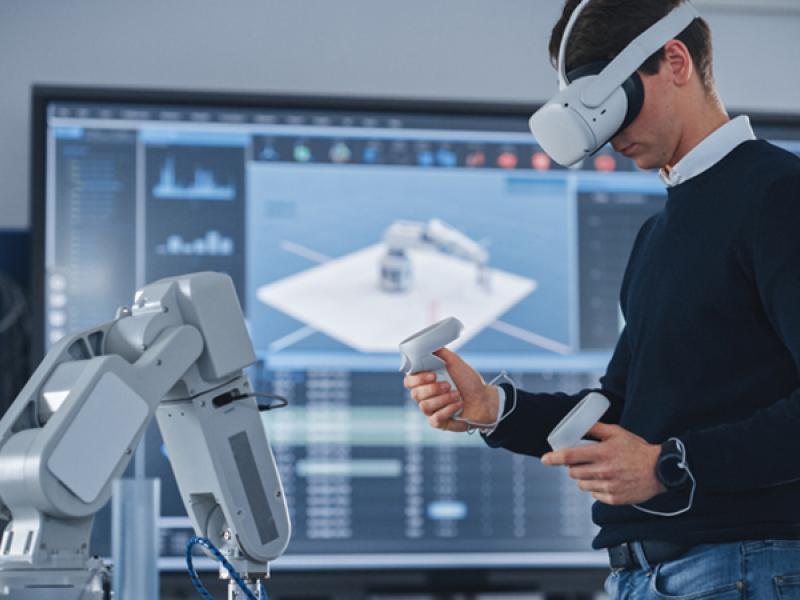A new OECD working paper finds that the use of industrial robots in developed economies appears to be slowing offshoring rates, although it is not yet prompting firms to bring jobs back home.
Using industry level data, the paper finds a negative correlation between growth in the use of industrial robotics and the rate of offshoring for highly developed economies. The effect is only very recent and is especially pronounced in labour-intensive sectors. The phenomenon is not yet apparent in developing countries. This suggests that robotics may help advanced economies to regain competitiveness and as a consequence the rate of global value chain expansion may be slower than in the past.
A parallel analysis using firm-level data finds some evidence of firms in developed countries moving employees and fixed assets back home – the so-called back-shoring or reshoring phenomenon – but there is no evidence of this trend being linked to robotics. Other factors such as rising wages in Asia or consumer pressure to get new products to market faster may be at play.






